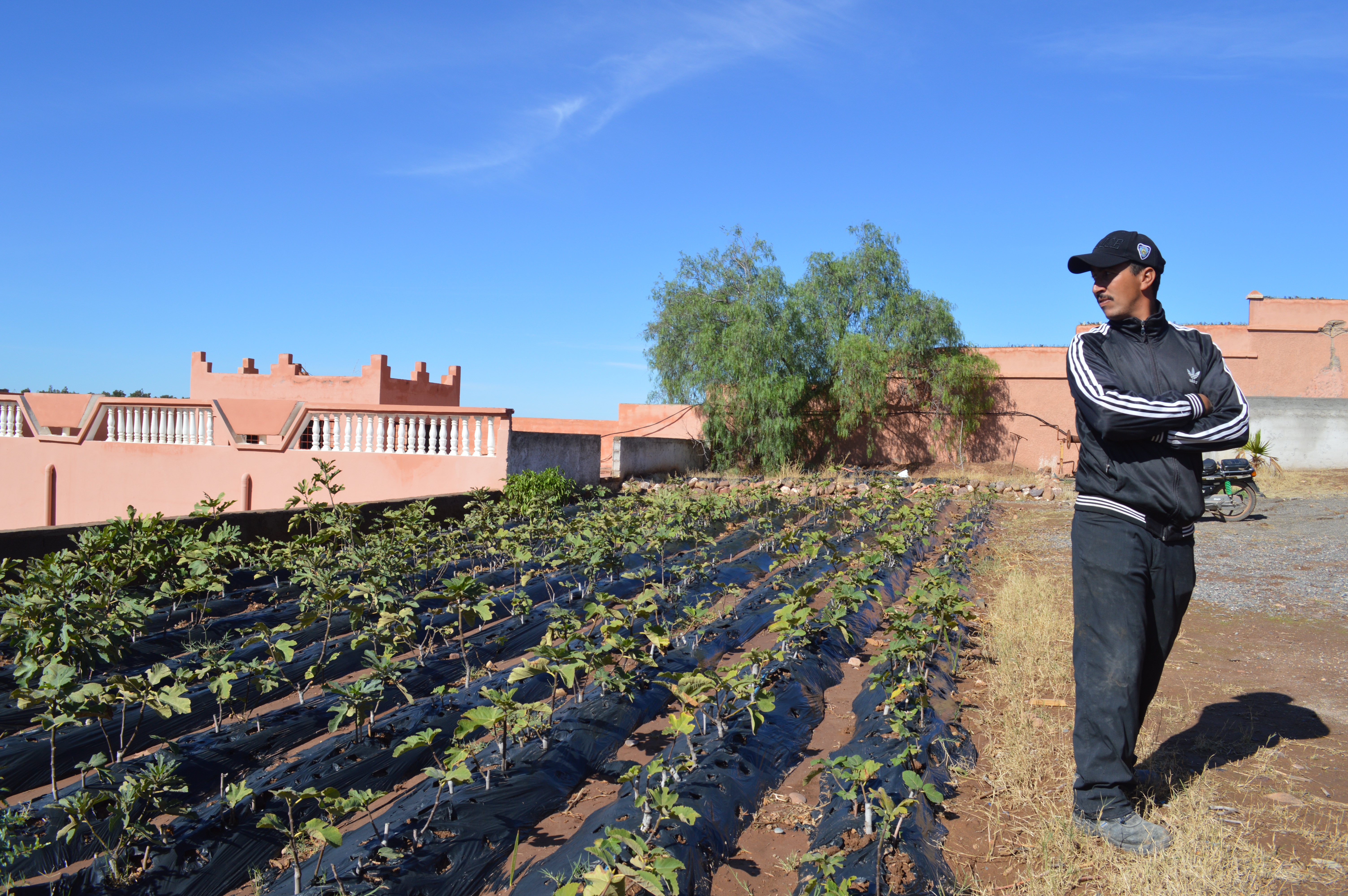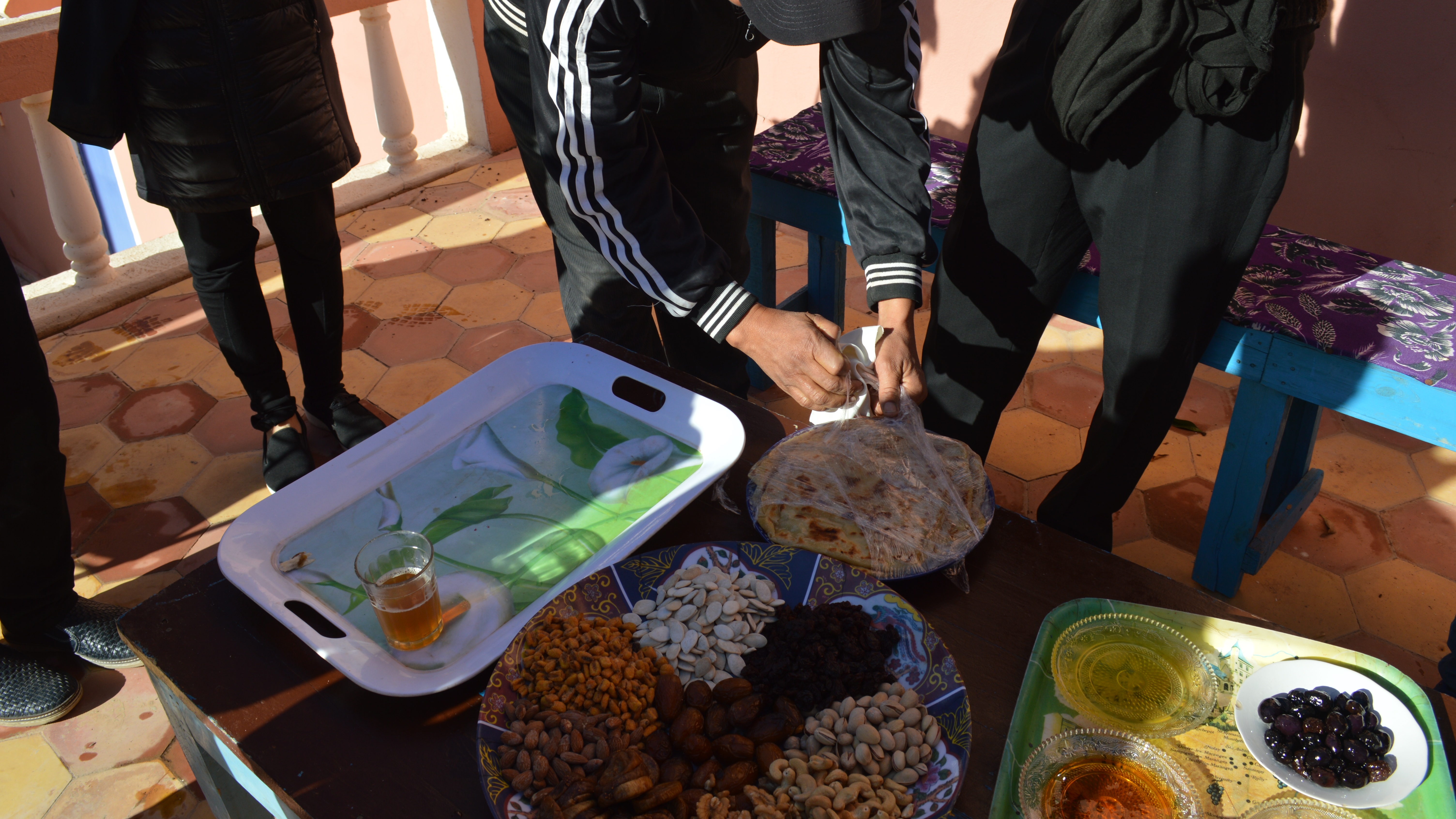Dialogue by design

The Museum of Tolerance (MOT) is located at the heart of modern Jerusalem on Hillel Street, a vibrant area that is at the intersection of the expansive Independence Park and the urban city centre. The building is intended to host a variety of different activities: exhibition spaces, an education centre, a theatre, and includes numerous restaurants, cafes and shops.
As a student walking by this site on my daily commute, I began to question. Who is this building for? Tolerance for whom and in what capacity? And more pressingly – why here? My apartment overlooked the ancient Muslim cemetery that dates back to the 7th century, known as Mamilla (Ma′man Allah in Arabic) – the location chosen by the Simon Wiesenthal Center to site their architectural project for tolerance.
According to the project′s chief excavator, Gideon Suleimani, 400 graves containing human remains buried according to Muslim tradition were exhumed or exposed during excavations on the museum site, many dating back to the 12th century. Another 2000 graves remain under the new structure, the lowest layer dating back to the 11th century. Apart from the burial ground′s general historical significance, it also marked the final resting place of a number of prominent Muslim warriors and scholars.

With museums often encapsulating history in countries that are post-conflict, how does this design play out in the milieu of Israel, where conflict is ongoing and ever-evolving, and narratives are notoriously complex and contradictory?
MOTJ is surrounded by acres of green space and Muslim heritage, yet this was overlooked in favour of the prestigious building project. Planning permission was granted to the Museum of Tolerance, yet, ironically, it has had the effect of silencing the very people with whom it was hoping to build bridges.Taking a leaf out of Morocco′s book
By contrast, Yossef Ben-Meir′s High Atlas Foundation and the House of Life initiative in Morocco are engaging in ground-breaking landscape design that is helping to erase such inequality while ensuring the cultivation and preservation of shared space.
The House of Life′s main initiative is to establish Muslim-Jewish collaboration by using agriculture as a bridge between Morocco′s human development needs and its cultural history. The site I visited was the Akrich Nursery, one of the Foundation′s inter-religious nursery projects. It is 30 kilometres west of Marrakesh and the burial place of the revered Rabbi Raphael Cohen.

The 700-year-old cemetery became a site of transformation when local villagers, public officials and the Jewish community decided to make effective use of the vacant spaces for fruit tree guilds. With the previous generations in Akrich relying solely on subsistence farming, this provided an opportunity to eliminate food access barriers to approximately 2,000 farming families and 150 schools. Since 2012, 150,000 fig, almond and pomegranate trees have been planted.
The Akrich cemetery addresses a crucial question. With a 2500-year-old era of Jews living in Morocco coming to an end, how does one maintain a connection with this history without a physical presence? The caretaker of the cemetery, an Amazighi-born Moroccan, whose father and grandfather also maintained the cemetery, embodies this preservation, relating the story of Rabbi Raphael Cohen with great depth and pride. Viewed in this light, Jewish history is inextricably linked to Moroccan history. The revival and cultivation of indigenous produce goes hand-in-hand with the revival and cultivation of Jewish history.
Furthermore, the Akrich initiative requires active participation by the local community. This ensures that Jews and Muslims work together on a daily basis. By getting involved, Moroccan citizens gain a sense that the future is theirs to make. As a result, indigenous produce is being reclaimed, while the revival of the cemetery has resulted in an influx of Jewish tourism, not to mention a deeper understanding of and appreciation for Moroccan culture and heritage.

For the joint cultivation of Jerusalem′s green space
Observing the Foundation′s work, I realised just how important the revival of the cemetery and green space around the MOTJ building could be for the future of Jerusalem. While no two sites are the same, an initiative like this could be crucial in Israel, where 8.3 percent of the total population face nutritional insecurity and 50 percent of the population of Israeli Arabs are unable to meet their minimum nutritional needs.
Both the burial ground and the surrounding green space need to be at the forefront of the story, thereby allowing a larger platform for participation, historical preservation and economic growth. Acting as an adjunct to the Museum of Tolerance, a landscaping solution along the lines of Akrich would arguably be better equipped to deal with the constant motion and messiness of an ongoing conflict, encouraging citizens to take ownership and express locality through participation and the joint cultivation of green space.
Sarah Turkenicz
© Qantara.de 2018
Sarah Turkenicz holds a Masters in Human Rights and Transitional Justice from Hebrew University′s Faculty of Law and is a prospective student of landscape architecture.
